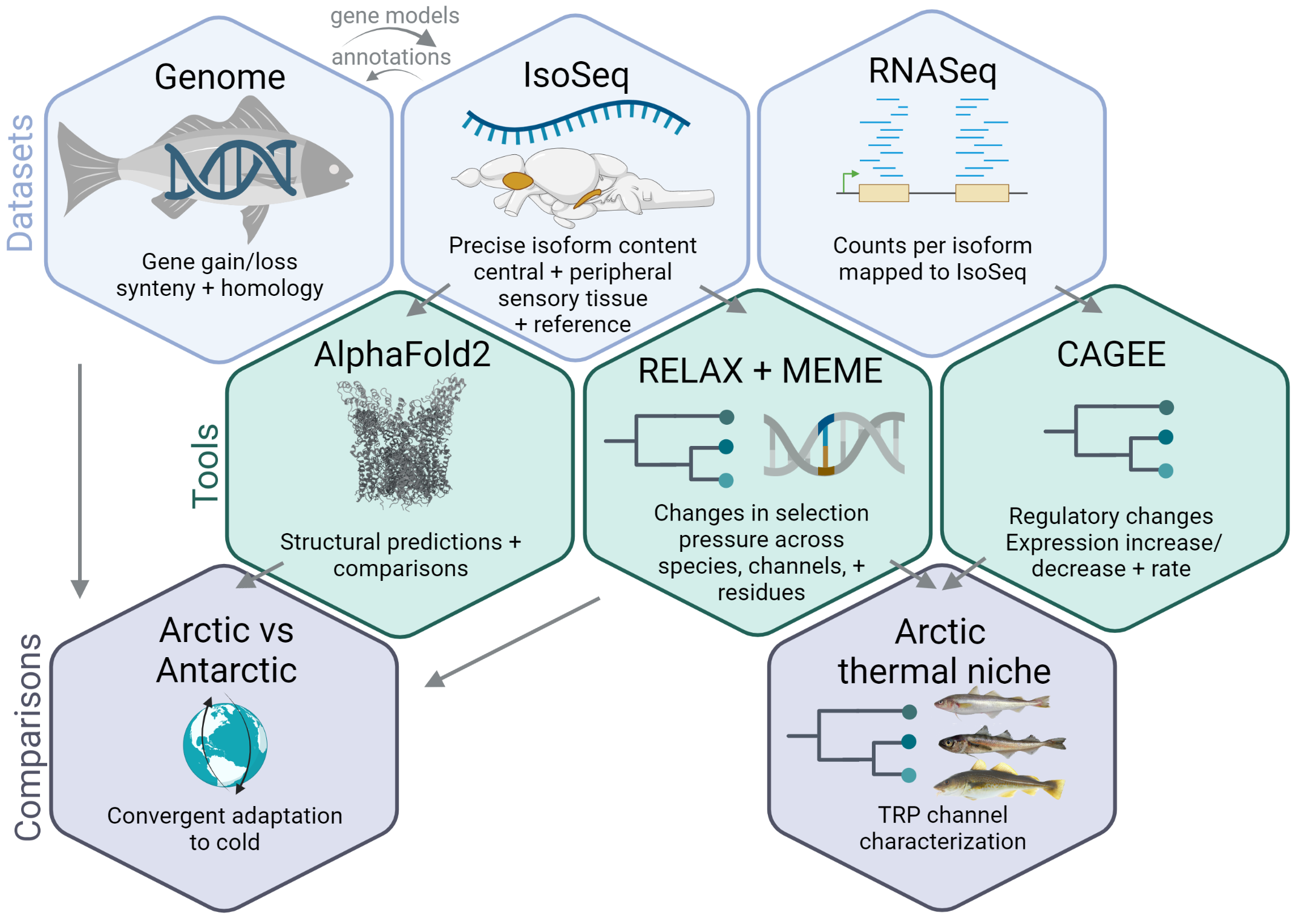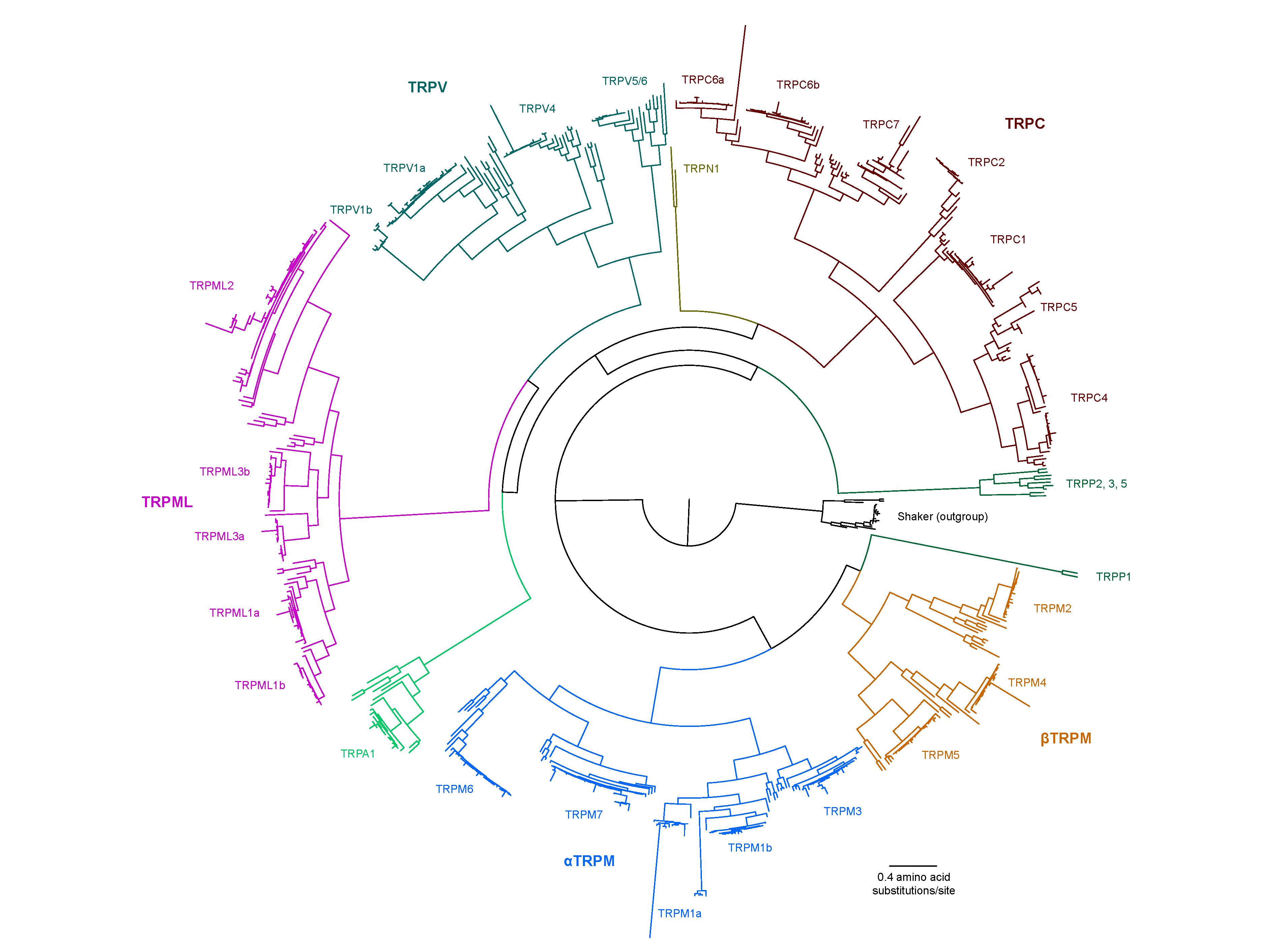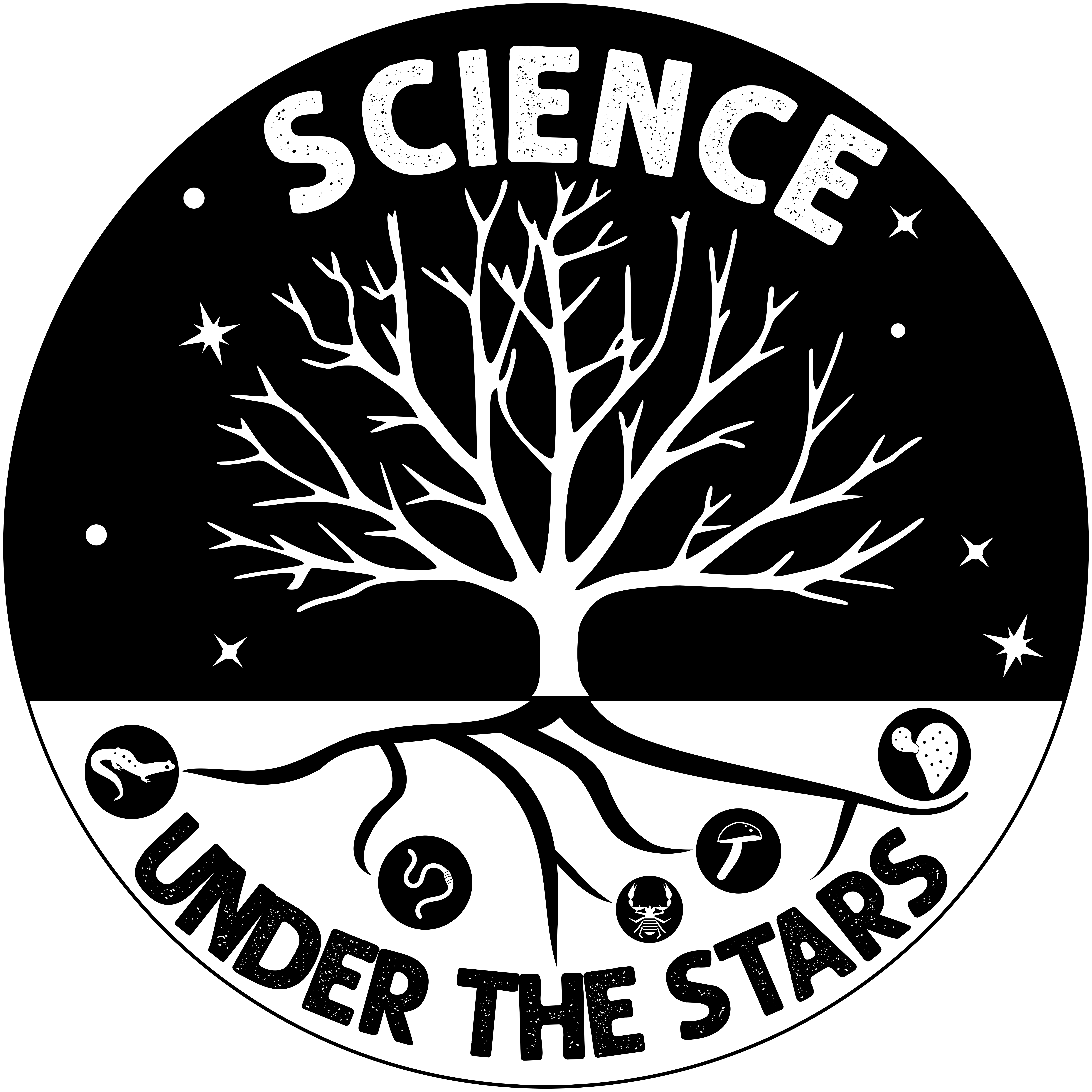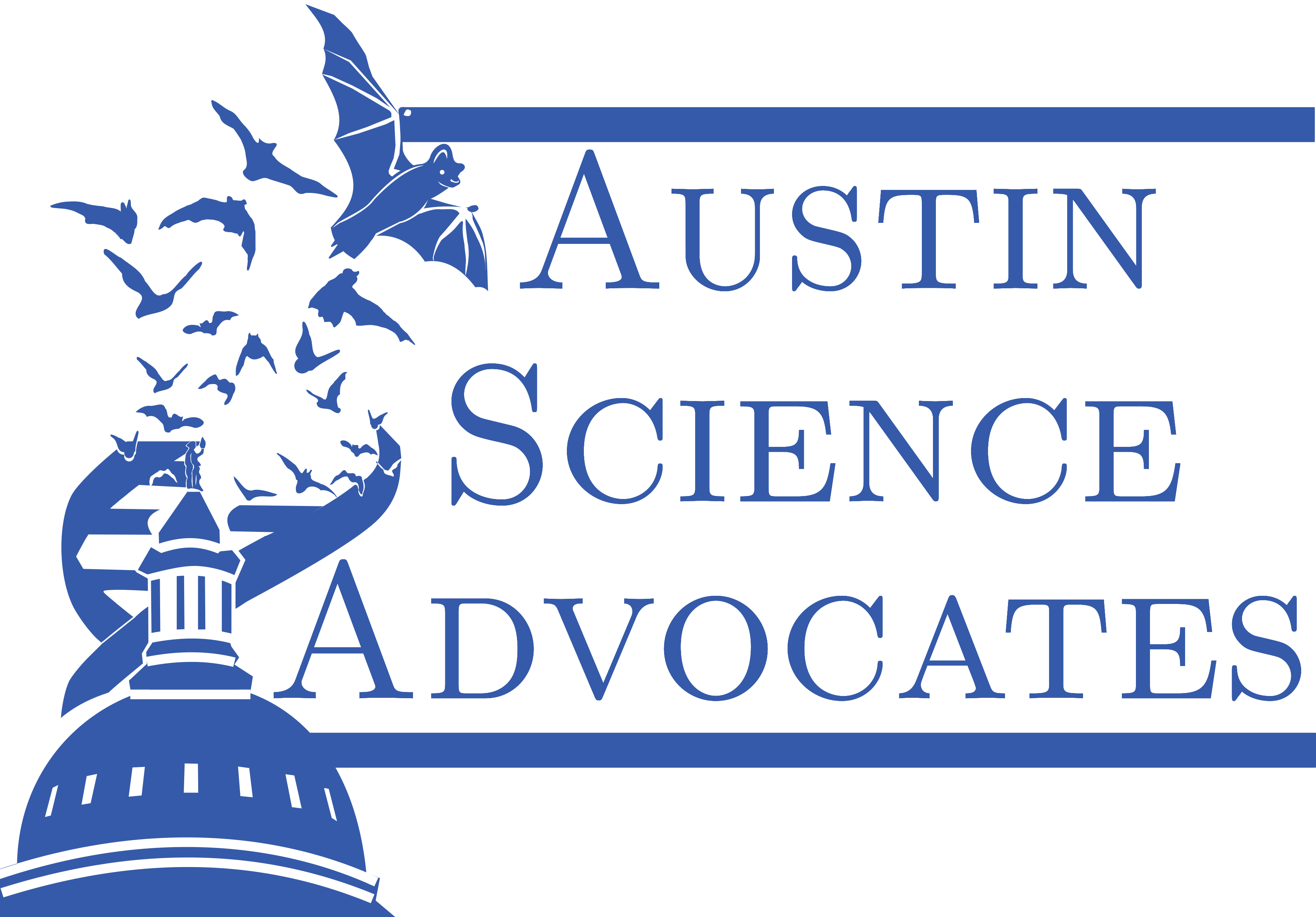
Arctic codfishes
Some areas of the Arctic Ocean are warming up to seven fold the rate of the global average. Warming endangers key subsistence and commericial fisheries and fish populations. I am studying the evolution of TRP channel sequences, expression, and structures in different thermosensory tissues across Arctic codfishes that vary in their preferred thermal environments. This study is funded by the National Science Foundation Office of Polar Programs postdoctoral research fellowship.








